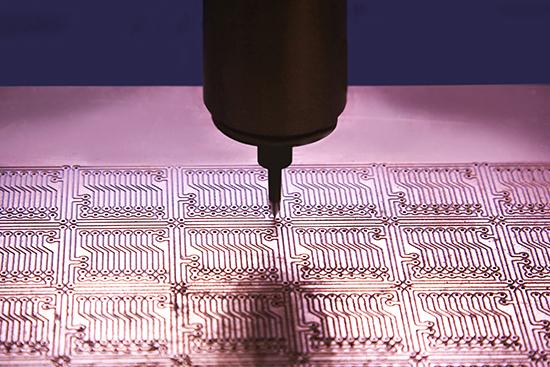Low-power, long battery life
Sometimes that device is going to be out in the middle of nowhere. Battery life is an important decision.Sensors are often used in places where there is no power available, so battery-operated devices are very common in IoT systems and applications. Low-power and long battery life become important considerations for design and development in these cases.
Replacing a battery may not seem like a big deal, since batteries are quite inexpensive. However, there are additional costs associated with replacing batteries in an IoT system. One of your employees may have to drive out to a remote location to change the battery. There are transportation and labor costs associated with this work. Or, your IoT sensors may be in a rugged or hazardous environment, in which case you may need to completely or partially shut down the system just to change the battery.
This leaves it to embedded systems engineers to figure out how to design and deliver low-power embedded systems that check off all of the boxes when it comes to performance requirements. This is possible when you have the right team in place and the proper steps are followed.
Benefits of a low-power, long-battery-life design
The benefit of a low-power, long-battery-life design is that it reduces the number of times you need to perform a battery replacement, saving money and minimizing system downtime. We have extensive experience in the design of low-power, long-battery-life systems. We work with clients on both proof of concept (POC) and development for production. We can help you select the right components that will deliver the functionality your project requires, while providing the maximum battery life and power savings needed.

We Can Help You
Identify power constraints:
You cannot design an energy-efficient embedded system without a clear picture of the requirements. What are the necessary features? What are the nice-to-haves? How much power do each of these functions require? If certain power-draining features are a must, we can plan accordingly during the design phase to minimize the negative impact.
Use low-power modes effectively:
One way to save power is to completely power-down a device when not in use. But some systems take too long to start up again. Low-power modes are the best alternative. Deep sleep and hibernate modes use a fraction of the battery power while eliminating the need for a complete reboot. They should be employed when a system or device is idle.
Power off unused components safely:
You can conserve battery power by programming the embedded system to power off components that are not being used when the device is not in use. We design the system in such a way that peripherals can be powered on and off by the software, while making sure no data is lost during data transfer.
Choose the right communications technology:
When dealing with IoT embedded systems, wireless communication to the cloud is a necessity, but this can drain power. There are several low-power alternatives that deliver the required result, such as Zigbee and Narrowband IoT (NB IoT).
Choose the best microcontroller:
Microcontrollers play a big role in delivering low-power embedded systems, while keeping costs down. A microcontroller is an integrated circuit that includes a processor, memory, and input/output peripherals on a single chip. It is the workhorse of the embedded system, responsible for the specific function or operation within it. We research the microcontrollers available to find out if the device manufacturer offers power-saving features such as sleep and hibernate modes. We select microcontrollers that have power-saving features already built in, so they can be accessed through an Application Programming Interface (API) or Software Developer’s Kit (SDK).
Use a switching regulator properly:
Microcontrollers require a specific voltage input. A switching regulator is a voltage regulator that transforms the incoming power supply to a pulsed voltage, providing the required constant power to the microcontroller. You get the maximum life out of your battery with efficient voltage supply. However, certain devices don’t work well with a switching regulator, as it creates a high-frequency noise. Additional components are required to clean it up if you choose to use a switching regulator.
